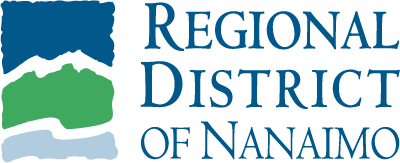Rachelle Stein-Wotten
Local Journalism Initiative Reporter, Gabriola Sounder
Paving work for the last stretch of the Village Way path began this week, and it will involve use of a new material for the Regional District of Nanaimo in some sections.
A contractor will pave the remaining gravel portion of the RDN-managed path along North Road with completion expected by the end of March. Gravel work will take two to three weeks and paving is scheduled for the second week of March. The path will remain open during construction expect for areas where work crews are active, according to the RDN.
In December, the budget for the paving project was increased by $90,000 to $265,000 due to the six bids received for the project being over the planned budget. The initial $175,000 has been allocated from one-time growing communities funding from the B.C. government. The additional $90,000 comes out of Area B Community Works funds.
The paving project will include using conventional asphalt as well as permeable asphalt, the latter around the treed area in front of Gabriola Elementary School.
“Permeable asphalt was selected for use in front of the school to minimize disturbance to the roots of the existing trees and to allow for continued water infiltration and air exchange with the roots while still providing an accessible path surface,” RDN manager of parks, Rick Daykin, told the Sounder. This is the first time the permeable product will be used in RDN parks. It hasn’t been used in RDN capital projects or wastewater, either, according to RDN staff.
“Permeable asphalt re-establishes a more natural hydrologic balance and reduces runoff volume by infiltrating precipitation into the ground instead of allowing it to flow into storm drains,” Daykin said.
Permeable, or pervious, asphalt has fewer fines and less sand than conventional asphalt. Void spaces allow for water to filter through to an aggregate layer. Runoff volumes, pollutant removal, groundwater recharge, lowering high runoff water temperatures and improved performance of onsite infrastructure are all advantages of permeable pavement surfaces, which also include pavers and concrete versions, according to the Capital Regional District (CRD).
Permeable paving can be problematic in “stormwater hot spots,” land uses with high concentrations of pollutants, such as recycling facilities and fuelling stations. A 2019 report from the CRD on green stormwater infrastructure design guidelines says pervious paving is not ideal for infiltrating runoff from moderate- to high-traffic roads as without a soil layer to treat runoff, it is subject to clogging from surface pollutants. Pervious paving is well-suited for areas like driveways, commuter parking areas, bike paths, walkways and fire lanes, the report says.





Recent Comments